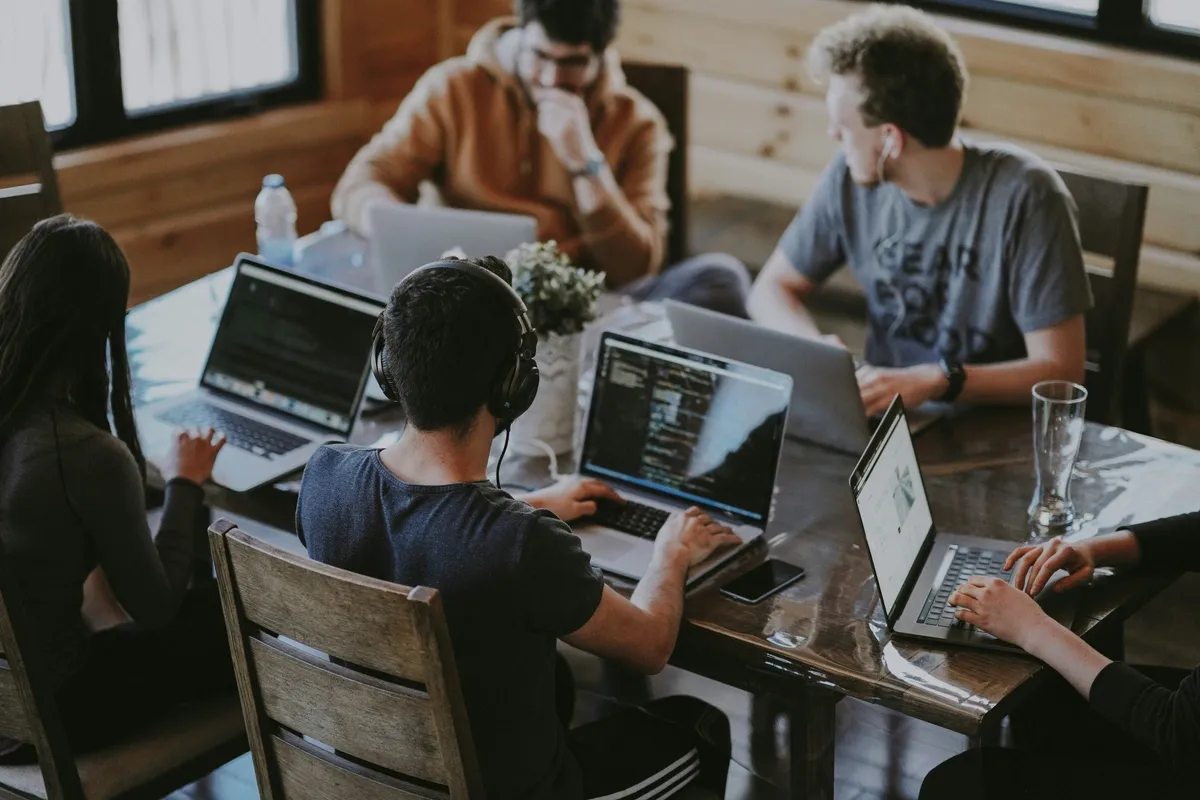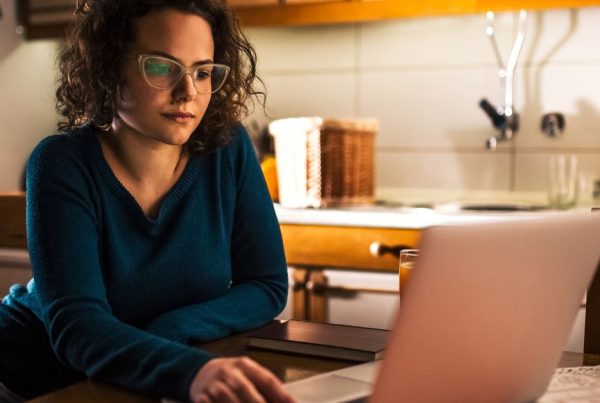
Navigating the future of architectural workforce management involves adapting to evolving trends in remote and hybrid work models, embracing technological advancements, and fostering a collaborative and engaged team environment. As architecture firms increasingly adopt flexible work arrangements and cutting-edge tools to enhance productivity and collaboration, effective time tracking and expense reporting become crucial components of successful project management. By leveraging robust workforce management solutions, firms can ensure that their diverse teams remain productive, motivated, and aligned with business goals, all while maintaining budget control and operational efficiency.
Embracing Remote and Hybrid Work Models in Architecture Firms
Trends in Remote and Hybrid Work
The architectural industry is undergoing significant transformation, driven by technological advancements and evolving client needs. Remote work has become increasingly prevalent, enabling architects to work from anywhere, which can be particularly advantageous for those seeking a more flexible work-life balance or residing in more affordable locations (source). The COVID-19 pandemic has further accelerated this shift, with 72% of architectural firms offering full-time or nearly full-time remote work options for employees in 2020 (source).
Challenges of Remote Work in Architecture
Despite the benefits, remote work presents unique challenges for the architectural industry. One significant obstacle is the difficulty in conducting regular site visits, which can affect the accuracy of designs and project assessments (source). Additionally, maintaining effective communication and collaboration among team members can be challenging, impacting overall productivity and creativity.
Strategies for Effective Remote Workforce Management
To manage a remote workforce effectively, architectural firms must leverage technology and implement robust communication and project management tools. Cloud-based project management systems enable real-time project tracking, task assignments, file sharing, and version control, streamlining workflows and enhancing accountability within the team. Tools such as Asana, Trello, Slack, Google Drive, and Microsoft Teams are particularly useful in this regard (source).
Adopting a strategic approach in hiring and managing remote architects is also crucial. This includes a rigorous vetting process for remote professionals, ensuring fluency in English and compatible time zones for smooth communication, and offering the flexibility to scale the workforce based on project demands (source).
These strategies align well with the capabilities of Minute7. The platform offers secure data storage, reporting, and a mobile app, providing a comprehensive solution for effective remote workforce management. Minute7 enables users to effortlessly track time and expenses, ensuring accuracy and convenience for remote teams. Its seamless integration with QuickBooks allows for efficient tracking, reporting, and payroll management, further streamlining remote workforce management in architectural firms.
Leveraging Technology to Enhance Productivity and Collaboration
Technological Innovations in Architecture
The architecture industry has experienced significant technological advancements that have revolutionized the way projects are designed and managed. One of the most impactful innovations is Building Information Modeling (BIM), a process that enables architects to create comprehensive digital representations of buildings. BIM facilitates better planning, design, construction, and management of buildings and infrastructure, making it an invaluable tool in modern architecture (source).
Additionally, cloud-based design software has gained traction, offering architects the flexibility to access and work on projects from anywhere. This is particularly beneficial in remote and hybrid work environments. Other technologies such as 3D printing, virtual reality (VR), and augmented reality (AR) are also becoming more prevalent. These tools allow architects to visualize designs in more immersive and realistic ways, enhancing client presentations and improving design accuracy (source).
Tools for Time Tracking and Expense Reporting
Accurate time tracking is essential for effective project management in architecture firms. Time tracking tools help monitor how much time is spent on various tasks, thereby highlighting inefficiencies and enabling firms to optimize workflows. This is critical for staying on budget and avoiding scope creep, whether billing by the hour or working on a fixed-fee basis (source).
Expense reporting is equally important for budget control. Proper expense tracking helps identify potential cost-saving opportunities and supports informed decision-making regarding project costs (source). Together, these tools provide a comprehensive view of project finances, contributing to more effective budget management.
How Minute7 Integrates with Architectural Workflows
Minute7 offers a robust solution for time and expense tracking that seamlessly integrates with QuickBooks, both Online and Desktop. This integration ensures smooth data transfer, allowing teams to generate accurate invoices based on tracked time and expenses. With Minute7, architecture firms can monitor project costs in real-time, aiding in resource allocation and budgeting decisions (source).
The Minute7 mobile app further enhances productivity by enabling users to track expenses on-the-go. Employees can capture receipts and enter expenses in real time, ensuring timely and accurate expense tracking even when working remotely or in the field (source).
Moreover, Minute7 supports multi-user collaboration, allowing multiple team members to track time and expenses simultaneously. This feature provides financial insights directly within QuickBooks, enabling firms to monitor profitability, project costs, and revenue trends effectively (source). By integrating Minute7 into their workflows, architectural firms can enhance productivity and collaboration, ultimately leading to more successful project outcomes.
Fostering a Collaborative and Engaged Workforce
Building a Collaborative Culture
In the context of remote work, fostering a collaborative culture within architectural firms requires leveraging technology and encouraging natural synergy among teams. Tools like Slack, Microsoft Teams, and Trello facilitate asynchronous communication and workflow management, helping employees feel connected and integral to the company’s mission (source). Regular feedback and open communication are also crucial. Managers should provide clear, consistent, and effective feedback to reduce misunderstandings and boost productivity (source). Utilizing technology for effective communication, including video calls, emails, direct messaging, and phone calls, can help maintain strong working relationships at all levels (source).
Ensuring Employee Satisfaction and Retention
Keeping remote employees engaged and motivated is key to ensuring their satisfaction and retention. Strategies include offering flexibility in setting working hours, ensuring equal pay for on-site and remote workers, and organizing annual company-wide on-site meetings to foster a sense of belonging (source). Remote work itself can improve job satisfaction by offering a better work-life balance, reduced stress from commuting, increased autonomy, enhanced productivity, and the ability to customize workspaces (source).
Role of Workforce Management Solutions
Workforce management solutions like Minute7 play a crucial role in fostering a collaborative and engaged workforce. With features such as timesheets, expense tracking, mileage calculator, and QuickBooks integration, Minute7 offers a comprehensive platform for managing both reimbursable and corporate credit card expenses (source). Minute7 helps streamline time tracking and expense reporting, making it highly beneficial for remote and hybrid teams. By enabling employees and contractors to track hours worked from a computer or mobile app, Minute7 ensures accessibility and convenience for teams of all sizes. Its seamless integration with QuickBooks allows for efficient tracking, reporting, and payroll management, further enhancing workforce management in architectural firms (source).
Navigating the Future of Architectural Workforce Management
As the architectural landscape continues to evolve with the adoption of remote and hybrid work models, technology, and innovative workforce management strategies, firms are presented with both challenges and opportunities. Embracing these changes can lead to enhanced productivity, better collaboration, and improved employee satisfaction.
Minute7 plays a pivotal role in this transformation. Its comprehensive time tracking and expense reporting capabilities, coupled with seamless integration with QuickBooks, make it an invaluable tool for architectural firms. By enabling accurate and convenient tracking of time and expenses, Minute7 helps firms maintain budget control and operational efficiency. The platform’s accessibility via web, iOS, and Android apps ensures that teams can manage their workflows effectively, regardless of their location.
Furthermore, Minute7 supports building a collaborative and engaged workforce by streamlining administrative tasks, allowing architects to focus on creative and strategic aspects of their projects. With Minute7, architectural firms are well-equipped to navigate the future of workforce management, ensuring successful project outcomes and fostering a dynamic, productive work environment.
For architecture firms looking to optimize workforce management in an ever-changing industry, Minute7 offers a reliable, efficient, and user-friendly solution. Explore how Minute7 can transform your firm’s time tracking and expense reporting processes by visiting Minute7.



